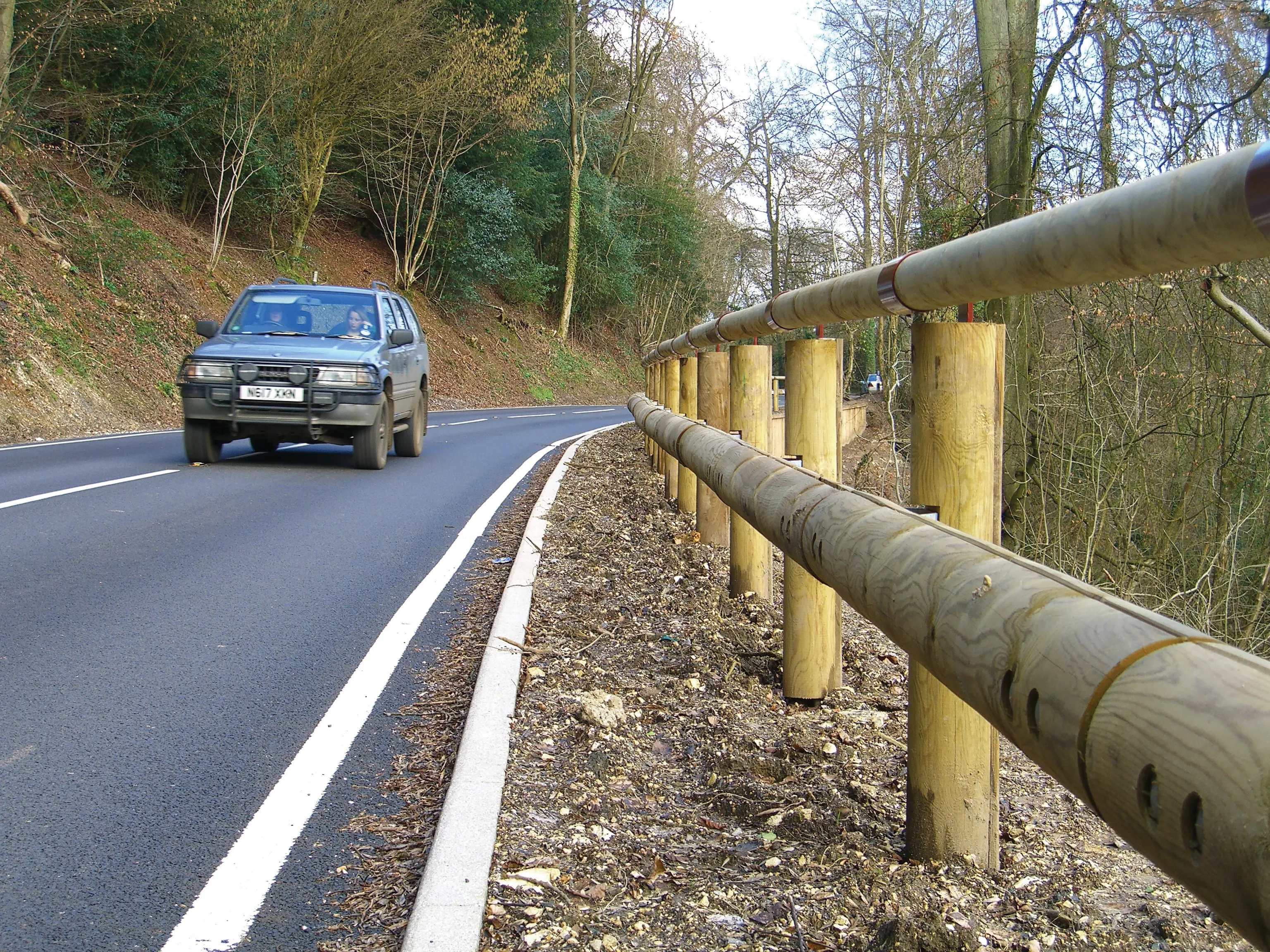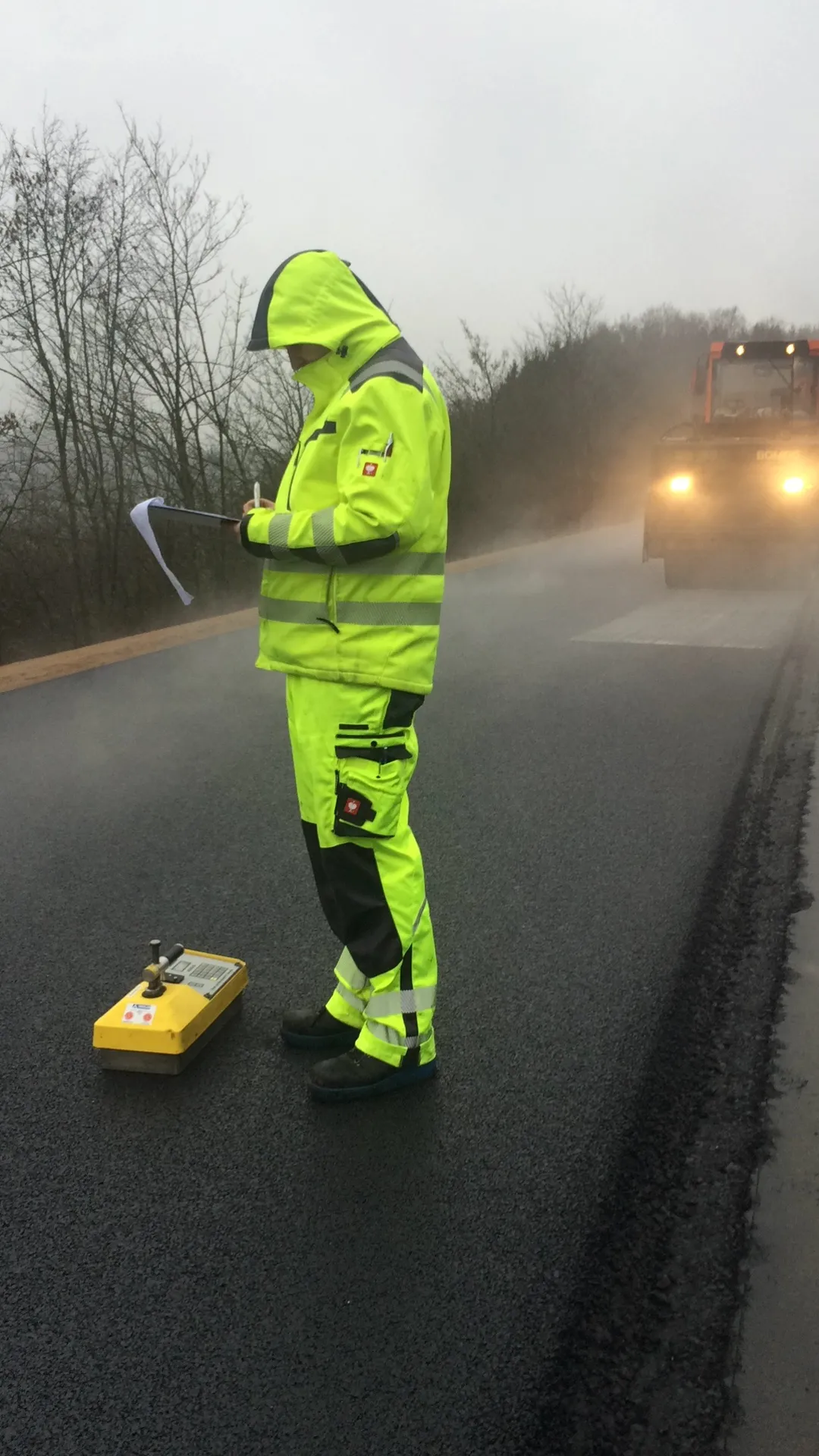Further development of SCT's wooden and steel barrier systems has led them to meet a wider array of applications. The company has had particular success with its wooden barrier range in areas of natural beauty and hopes to capitalise on this as the wider range comes to market.
March 9, 2012
Read time: 2 mins

Further development of 3067 SCT's wooden and steel barrier systems has led them to meet a wider array of applications. The company has had particular success with its wooden barrier range in areas of natural beauty and hopes to capitalise on this as the wider range comes to market. The latest models are made of wood and steel and are being homologated by Italy's Ministry of Infrastructure. The new barriers have more compact overall dimensions, meet the ASI B requirements and have a design similar to firm's H2 for bridge side protection barrier units. According to SCT, its wooden and steel barriers all meet strict requirements for impact severity (ASI) and maximum dynamic deflection (W). The range meets an array of containment levels from the N2 until the H2 bridge side protection.
In addition, the firm is also offering its wooden noise absorption barriers across a wider array of markets. The BENACO panels feature internal sound damping material made from polyester and are said to offerective noise reduction. The BENACO range is now being offered outside of Italy in other Western and Eastern European markets, to meet sound attenuation needs on highway projects·
In addition, the firm is also offering its wooden noise absorption barriers across a wider array of markets. The BENACO panels feature internal sound damping material made from polyester and are said to offerective noise reduction. The BENACO range is now being offered outside of Italy in other Western and Eastern European markets, to meet sound attenuation needs on highway projects·









